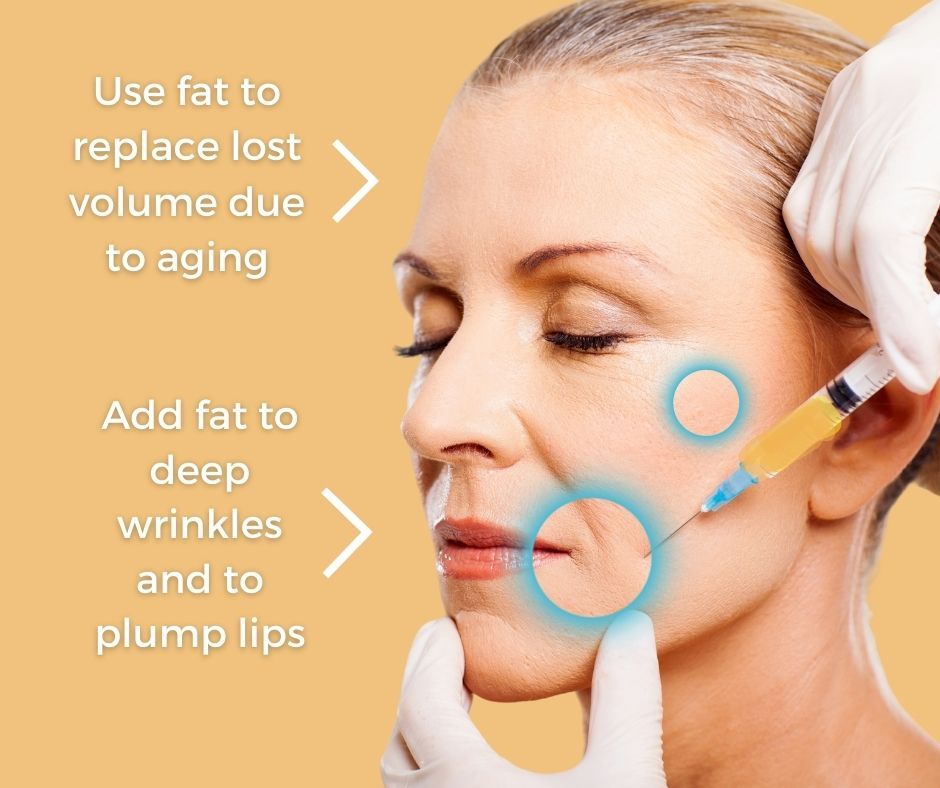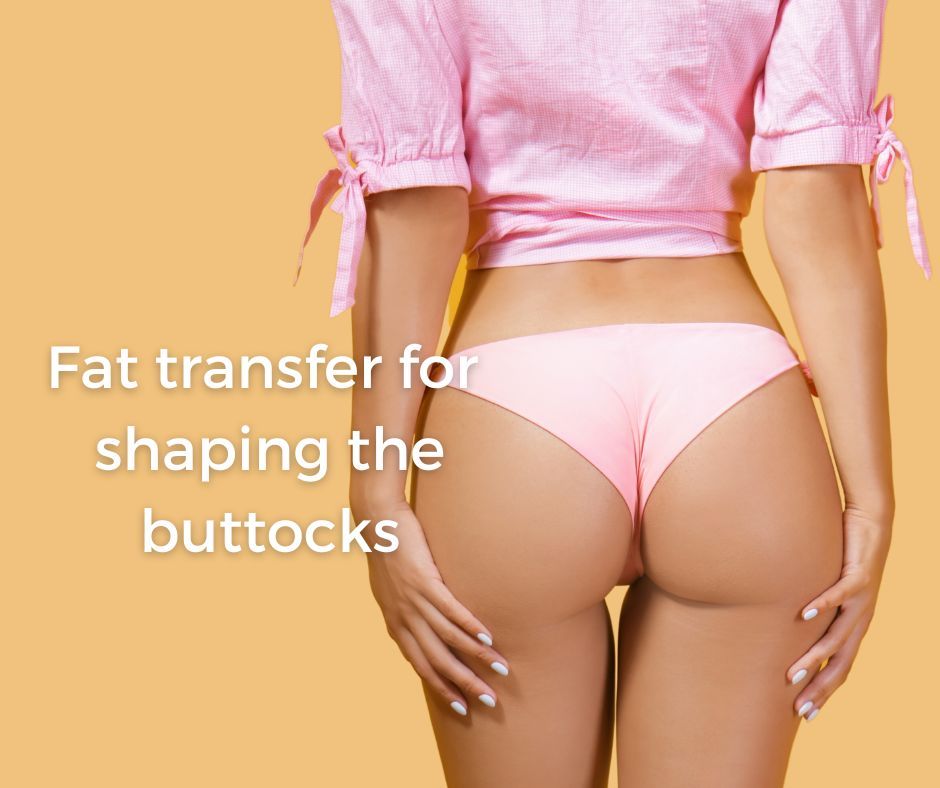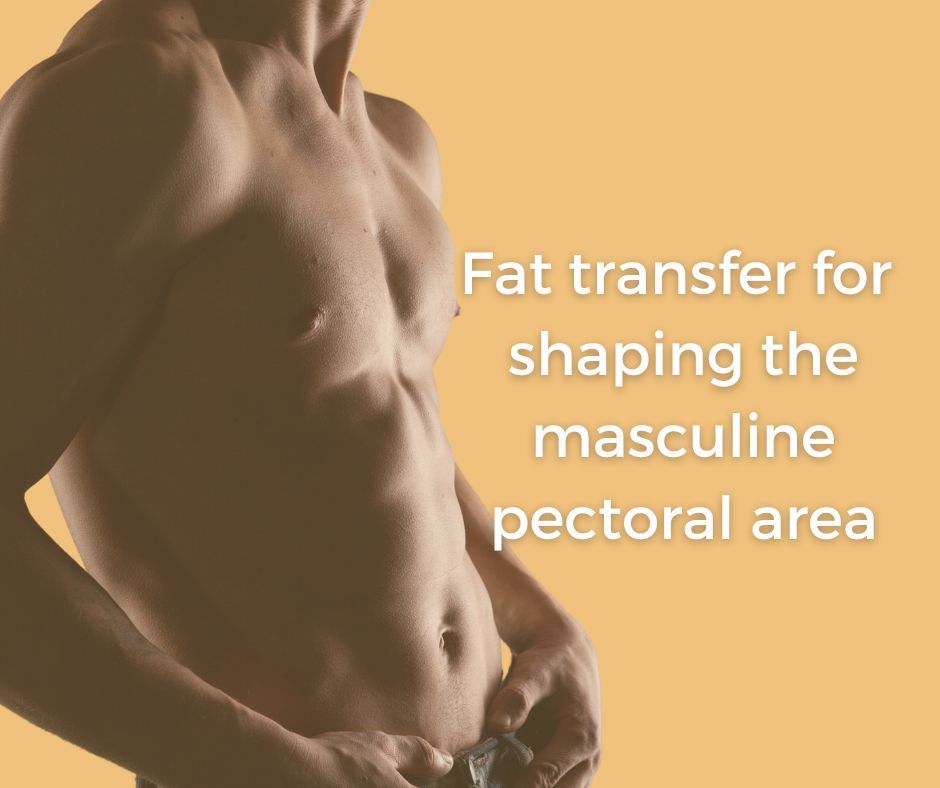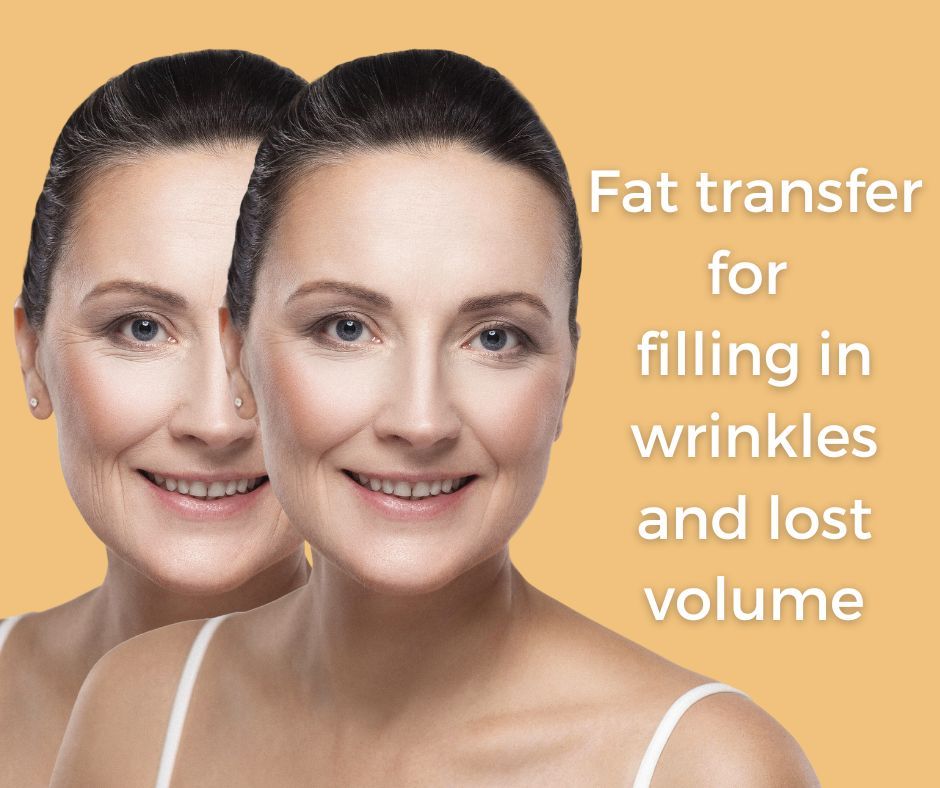Understanding Fat Grafting for Skin Redundancy
Fat grafting for skin redundancy involves the transfer of the patient's fat from one area of the body to another, specifically to areas with redundant or sagging skin and where there is a natural loss of volume due to aging or weight loss.
The harvested fat is purified and then strategically injected into the targeted areas to fill the loose skin, providing a smoother, more contoured appearance in the face and neck.

Fat can also be transferred to fill in "hip dips" for women, creating more hourglass curves. The BBL procedure has grown in popularity over the past few years, and grafting unwanted fat to the buttocks area can create beautiful shapes, more projection, and proportions.
For men, the addition of fat to the upper pectoralis region when having abdominal etching or gynecomastia surgery, creates artistic, masculine lines that normally take years in the gym.
The Benefits of Fat Grafting for Skin Redundancy
- Natural and Safe: Fat grafting uses the patient's body fat, making it a natural and biocompatible filler. Fat grafting minimizes the risk of allergic reactions or adverse side effects, as the body readily accepts its tissue.
- Enhanced Contouring: Fat grafting can help improve body contours and provide a more balanced and harmonious appearance. By filling in areas with skin redundancy, it restores lost volume and provides a smoother silhouette.

- Minimally Invasive: Fat grafting is a minimally invasive procedure compared to surgical excision. It involves smaller incisions, resulting in less scarring, and typically requires less downtime for recovery.
- Versatility: Fat grafting can treat skin redundancy in various body areas, including the abdomen, thighs, arms, and buttocks, providing a versatile solution for contour improvement.
- Natural-Looking Results: As fat is a natural filler, the results achieved through fat grafting are generally more subtle and natural-looking compared to synthetic fillers.

- The Fat Grafting Procedure and Aftercare
Before the procedure, a consultation with a board-certified plastic surgeon is essential to assess the patient's individual needs and goals. During the procedure, your surgeon harvests excess fat, often through liposuction. The harvested fat is then purified and prepared for re-injection into the targeted areas.
After the fat grafting procedure, patients may experience swelling and bruising in the donor and recipient areas. The surgeon will provide aftercare instructions to ensure proper healing and recovery.

Conclusion
Fat grafting offers a natural and effective solution for treating skin laxity, providing individuals with renewed confidence and enhanced body contours. The procedure's ability to use the patient's fat for rejuvenation minimizes the risk of adverse reactions, while the long-lasting results offer a lasting transformation.
If you want to address skin redundancy and achieve smoother contours, consulting a board-certified surgeon will help determine if fat grafting is the right option. Embrace the benefits of fat grafting and experience the joy of smoother, more harmonious contours and renewed self-assurance.
Our surgeons have extensive experience in artistic fat grafting.